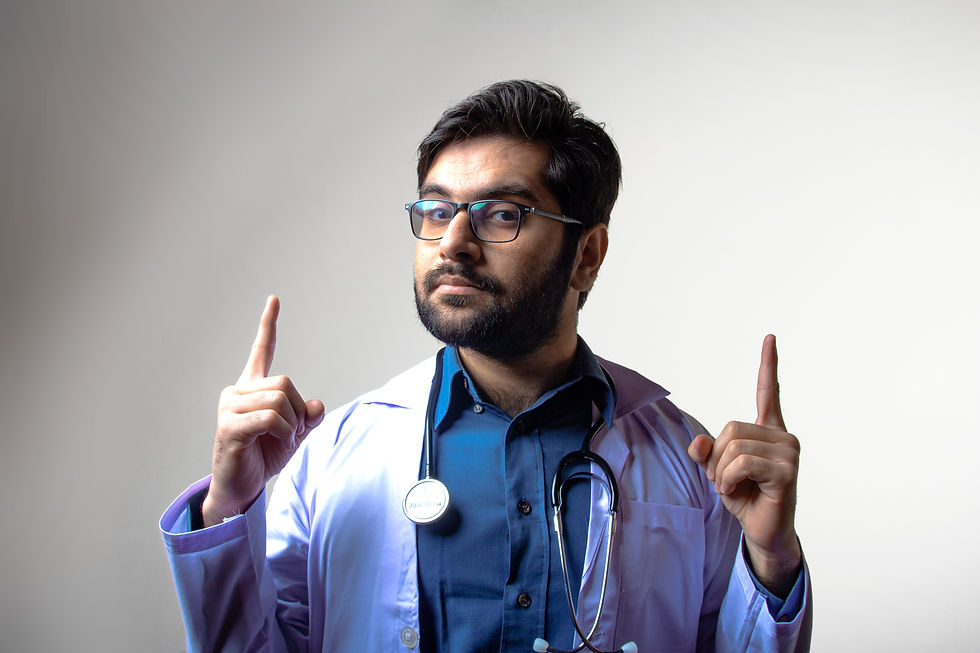
Rekindling Hope, Restoring Health
Families come to the mobile clinic—sometimes traveling long distances—for exams, medicine, and follow-up care. Each gift helps keep this work moving forward, bringing care and relief to communities where resources are limited and access to medical help is difficult.
Hope for Health

1.07
physicians for every 10,000 people in the department of Quiché.
— limited staffing makes consistent care difficult to sustain.
4-5
hours of arduous travel time to reach the nearest public hospital.
—distance makes emergency care difficult to access.
(Source: Int J Equity in Health — CBIO+ Guatemala (2023); Gamboa et al. (2025)).
94.5%
of the annual medicine budget—gone by early March.
— national shortages left hospitals without essential drugs and supplies.


Give To Provide for Future Medical Services
with your gift to
Health for Hope
Everything we do through Hope for Health depends on people who are willing to come and serve.
Each mobile clinic is shaped around the skills and specialties of those who participate — from orthopedics to OB/GYN, gastroenterology to first aid.
When a provider says yes, we build the clinic around what they can offer. If they’re not part of a full team, we help connect them with others — or partner with Guatemalan professionals already serving in the field.
None of this happens automatically. It happens when someone chooses to come
and we work together to make it possible.

Clinic Set Up
We turn schools, churches, and borrowed spaces into working clinics alongside our medical bus. Each location becomes a place of care for the week.

Patients Are Seen
Doctors, nurses, and therapists offer complete evaluations — listening, diagnosing, and treating with compassion.

Labs and Imaging
Tests are completed on site or coordinated with trusted local partners to provide results quickly and accurately.

Treatment
Patients receive medication, wound care, therapy, or referrals — whatever can be provided that day, with help from interpreters and local staff.

Hope Ahead
Patients receive medication, wound care, therapy, or referrals — whatever can be provided that day, with help from interpreters and local staff.
What Stands Between Them and Care?
Limited Resources
Public hospitals work under immense strain. Supplies like test cups, casting materials, and common antibiotics often run short — delaying even basic care.
Mistrust & Barriers
For many rural and indigenous families, language barriers and past experiences have made care feel out of reach. Some leave the hospital feeling unseen or unheard.
Gaps in
Follow Up
It works both ways. Patients facing barriers to healthcare often struggle to understand or communicate about their care. Follow-up visits and home treatments are rarely clear or completed.
You
Decide
The mobile clinic can’t reach every community at once. How often it goes — and how many families are served — depends on those who choose to send it.
This Is What It Means To Be Seen
In Guatemala’s public system, doctors and nurses work tirelessly, often with limited supplies and overwhelming demand. But outside the hospital walls, many families still go unseen—those who never make the trip, who can’t afford the travel, or who leave without understanding what was said.
Hope for Health was created because of the many people we’ve met who shared these stories—parents who never went to the doctor, children who never received follow-up, and patients who never understood their diagnosis.
Your “yes” helps bring doctors, nurses, and therapists deeper into these communities—specifically to care for those uncertain about their health or unsure where to turn for help. You help create space for symptoms to be taken seriously, for stories to be heard, and for care to begin with compassion.
Every exam, every conversation, every prescription begins with someone being seen—and someone like you helping make that possible.
How We Work
Hope for Health Mobile Clinic

More than 800 patients cared for in the first
two clinics
The mobile clinic is just the beginning — we’re working toward a permanent hospital to serve Joyabaj year-round.
Each patient had a name. A story. A reason to come. Because several people said yes, they were met with real care — and a glimpse of what’s to come.
Interested in bringing a medical mission team to Guatemala?
Email us to start the conversation.
You can help keep this care moving forward.
The Impact of One Yes!
(Name changed for privacy)
Miguel came to our second-ever weeklong clinic with his wife and children to see the orthopedist. He had been wearing a temporary cast and was still in pain.
“My arm is broken. I know it is,” he said quietly. “But I was told it wasn’t.”
At our mobile clinic, Dr. S was able to X-ray and examine his arm on site. The scan confirmed what Miguel had sensed — the bone was broken and out of alignment. It needed to be set. Right there, Dr. S realigned the bone, applied a proper cast, and relieved his pain before he ever left the site.
He walked away with the ability to heal — because Dr. S said yes.



